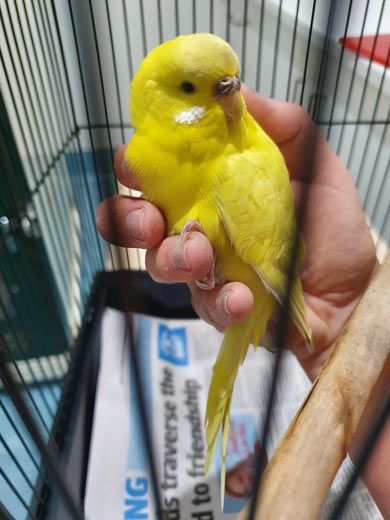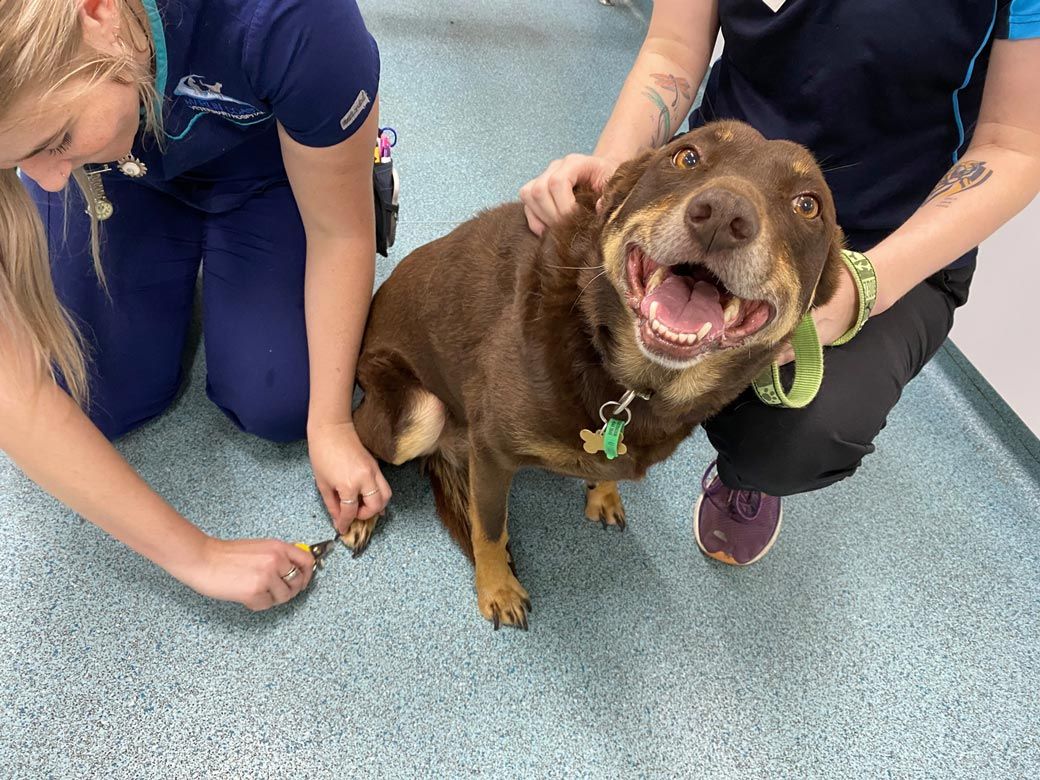Professional Pet Healthcare in Trinity Beach
Annual Health Checks and Vaccinations
Vaccinating your pets against preventable diseases is a key component of responsible pet ownership as it helps reduce the risk of your furry family member becoming unwell from potentially life threatening diseases. Our clinic recommends every dog and cat should be appropriately immunised, as your pet’s health, lifestyle and where you live in Far North Queensland may affect which vaccinations are necessary, our one-on-one relationship with your veterinarian will be customised to your individual animal’s requirements.
The Annual Health Check
A thorough physical examination and health assessment is performed by our veterinarians prior to your pet receiving their required vaccination. This is a necessary and very important aspect of their annual check as animals cannot tell us when something is wrong, and they age at vastly different rates to humans. We believe that the opportunity to detect potential problems sooner allows earlier intervention and in many cases better outcomes.
Your overall health assessment of your pet is determined by our veterinarians as a result of a combination of visual examination, hands-on examination and also in discussions with you as the pet’s owner.
The Vaccination
Vaccination recommendations traditionally were considered simple and straightforward part of the routine animal care, but can be considered much more complex as there is no longer a one size fits all approach. It is for this reason, clients may be confused by the various recommendations and sources from breeders, veterinarians as well as family and friends. At Marlin Coast Veterinary Hospital we follow the guidelines and recommendations made by the Australian Veterinary Association (AVA) when vaccinating your pets.
Further reading regarding vaccination guidelines can be found at:
For further information on vaccinations for your cat or dog, please send us a message on our contact page.
Microchipping
A microchip is about the size of a grain of rice and is injected under your pet’s skin. It can be done during a routine consultation. The microchip is embedded with a code unique to your pet and is the most effective form of permanent identification. This code is placed onto a national computer database, which is particularly useful in returning lost pets. They can also assist where the ownership of an animal is in dispute. In some states of Australia, microchipping pets is now compulsory.
If a pet is ever lost and is handed in at a veterinary clinic or animal shelter, a microchip scanner is passed over the animal to reveal the unique code. The vet or animal shelter can then refer to the database to identify the owner's name, address and phone number so that they can be reunited.
If your pet is not microchipped, please give us a call at Marlin Coast Veterinary Hospital in Trinity Beach to make an appointment to have one inserted. We are dedicated to animal wellbeing and firmly believe that microchipping is one of the best ways to ensure a pet's safety. If you find a lost pet, please call us to arrange a scan; we can reunite microchipped pets with their worried owners.
NEW LAWS CONCERNING MICROCHIPING IN QUEENSLAND - Introduced December 2010
There are three cases when microchipping your cat or dog is mandatory:
- If your cat or dog was under 12 weeks of age when the microchipping laws were introduced in your local council area.
- If a cat or dog is being sold or given away.
- If your dog is a declared regulated / dangerous dog.
Nail Clipping
Regular nail clipping, or trimming, should be part of your pet's routine care. It is essential for elderly and indoor pets, whereas outdoor pets may wear their nails down naturally. The requirement for nail trimming can vary depending on breed, age, level of exercise and the environment in which your pet is kept. Working and herding breeds of dogs are active and generally have compact feet with well-arched toes that angle the toenails downwards towards the ground. If these dogs are active on hard surfaces, such as gravel, rock and concrete, their nails may not need trimming until they slow down with age and exercise less; however, you will still need to attend to their dew claws (the little claws on the inside of their front legs that don’t touch the ground) regularly.
Other breeds may have nails that grow more forward than downward, and therefore no matter how much exercise they get on rough ground, it is unlikely they will wear down naturally. Some dogs may benefit from having the tips of their nails taken off once every week or two; however, for most, it will be longer than this, and you will have to decide what is right for your dog by inspecting its nails on a regular basis. Certainly, if you notice a change in the sound of your dog's nails on hard floors, this is a pretty good indication that it is time for a trim.
Cats also require nail clipping, with the frequency depending on their lifestyle. Indoor-only cats will need more regular nail trims, whereas outdoor cats may naturally wear their nails and require less frequent trimming.










